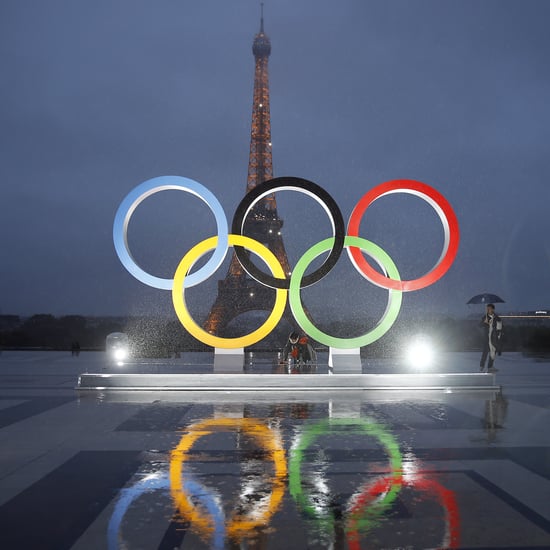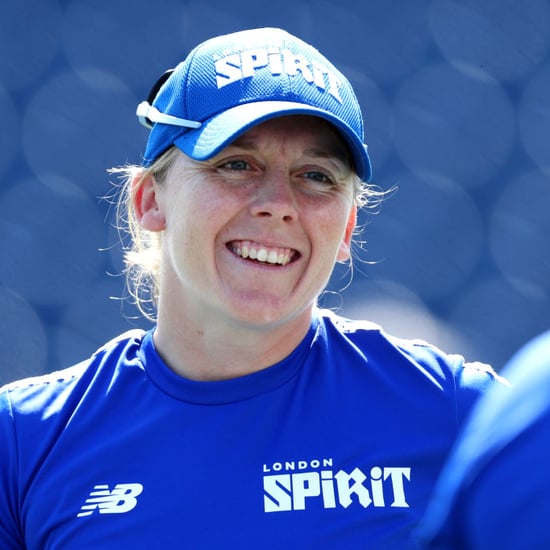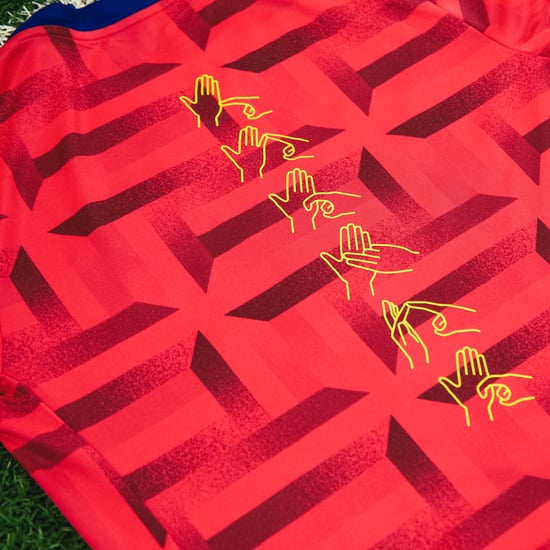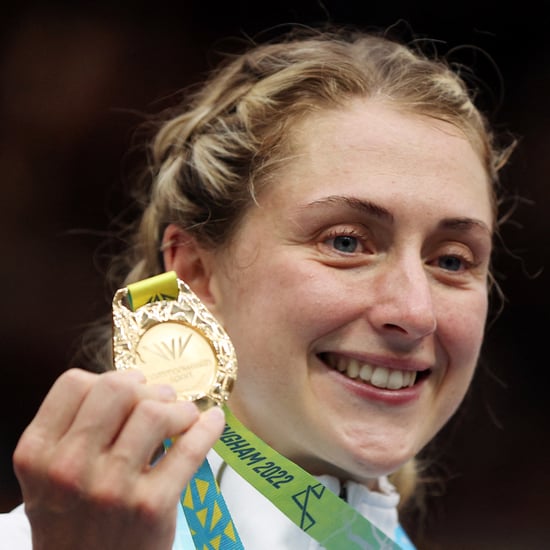16 Curling Terms That Help Explain the Olympic Sport
16 Definitions That Will Help You Finally Make Sense of Olympic Curling
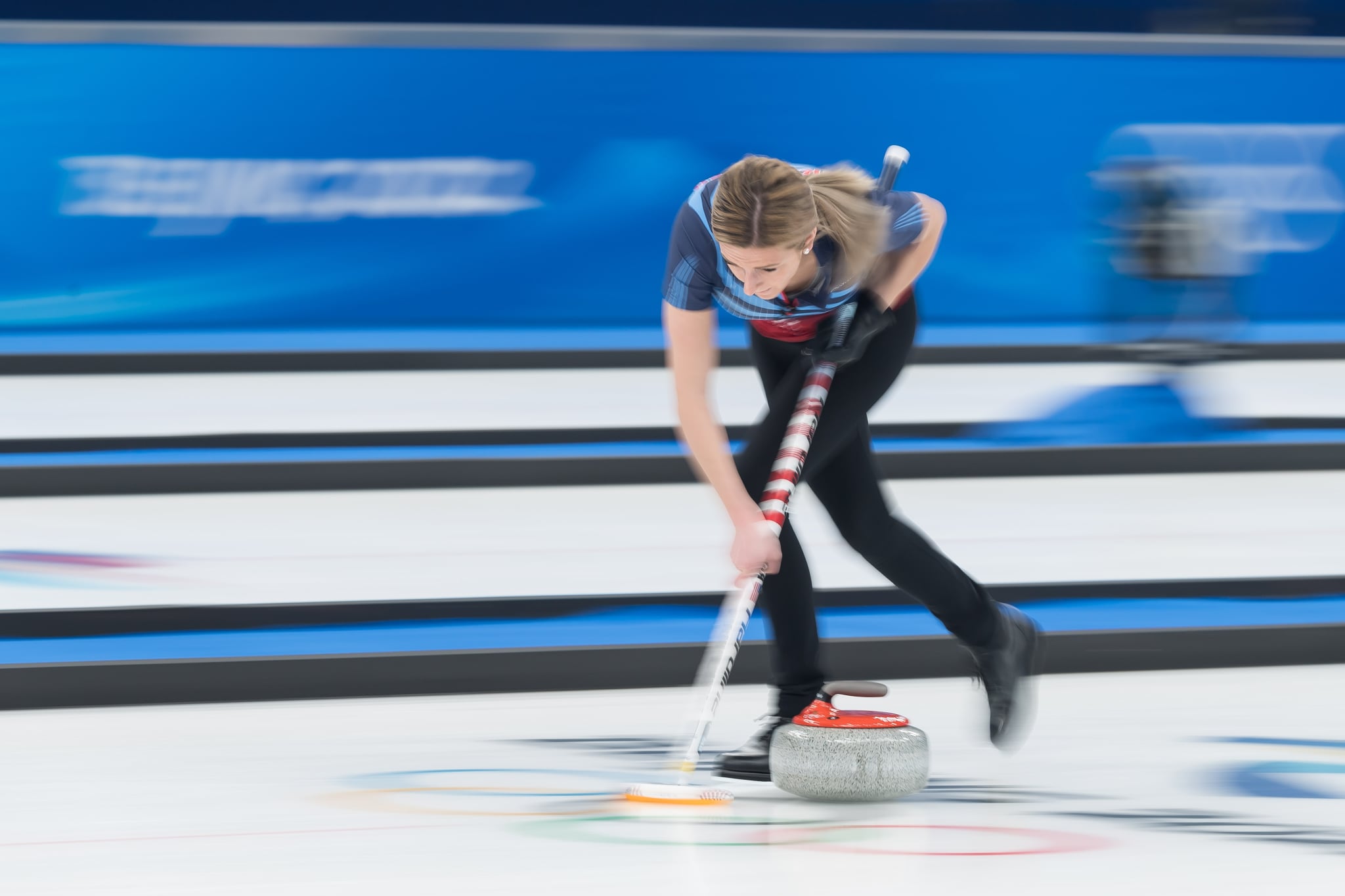
It's a lot of fun to watch curling at the Winter Olympics, but how well do you actually know the sport? If you're like most casual viewers, your knowledge of curling is probably pretty limited. After all, it isn't a sport you see very often, and at a glance, curling seems almost absurd. The image of Olympic athletes yelling and frantically swooshing brooms across the ice will never really grow old or less confusing. In reality, though, curling requires incredible strategy, precision, and strength.
Fortunately, watching the sport doesn't require any of the above — but if you want to better understand the game, you do need to learn some vocabulary. While some of the terms you'll hear during a curling match are pretty self-explanatory (think: stones and brooms), there are plenty that aren't as intuitive. Ahead, we're breaking down all the most important terms and concepts in curling so you can finally understand what's going on at the Olympic tournament.
Blank End
A blank end occurs when no one scores during a given end. This happens when none of the teams' stones land in the "house," or the scoring zone.
Broom
Also sometimes called the "brush," the broom is the device used to sweep the ice in front of a moving stone. Brooms help to reduce friction, allowing a stone to travel further.
Button
The circle at the centre of the house is called the button. This is the most important spot when it comes to scoring. Whichever team gets a stone closest to the button gets to score during that end, with additional points based on how many stones they have that are closer to the button than their opponents' closest stone.
End
A section of gameplay in curling is called an end. Within a single end, every player on both teams throws a certain number of stones (two each in the men's and women's tournaments, and five total in mixed doubles).
Guard
A guard is a type of curling throw or stone that's intended to protect other stones in the house. When a player attempts to place a guard, they're aiming for the stone to land in a way that will prevent stones that have the potential to score from being knocked out by their opponent.
Hammer
The term "hammer" can refer either to the team who gets to throw the last stone in a given end, or that final stone itself.
Heavy
As the name would imply, "heavy" refers to a curling stone that's been thrown too forcefully. Typically, this results in the stone sliding too far to be useful in the game.
House
The house is basically the scoring zone for curling. It consists of three concentric circles, with the button at the very centre. Only stones that land in the house count for scoring purposes.
Lead
The lead is the player who throws the first two stones for a men's or women's team in any given end.
Power Play
Exclusive to mixed doubles, the power play is a unique situation involving the placement of the two "free" stones that neither team has to shoot. The strategy behind it is complicated. Essentially, it allows the team that called the power play to control the placement of these two pre-placed stones and move them to one side, rather than the centre placement where they are put by default.
Sheet
The ice surface used in curling is called the sheet.
Shot Rock
At any given time during an end, the rock that is currently closest to the button is the shot rock.
Skip
Think of the skip as a sort of team captain in the men's and women's tournaments. It's their job to decide on strategy and direct the rest of the players on their team. They're also the player who delivers the last two stones for their team in an end.
Stone
A stone, also called a rock, is the polished granite piece thrown down the ice during a curling match. Stones for Olympic curling weigh between 38 and 44 pounds.
Sweep
Sweeping is one of the most memorable aspects of curling. It quite literally involves using a special broom to sweep and polish the ice in front of a moving stone, in hopes of controlling its slide.
Tee Line
The tee line is the line that cuts across the centre of the house and the middle of the button.
